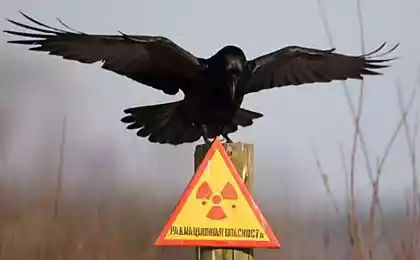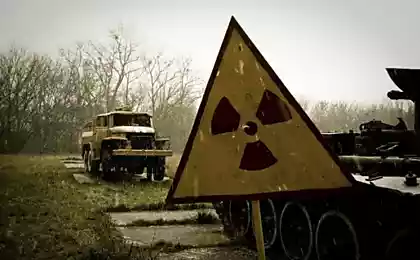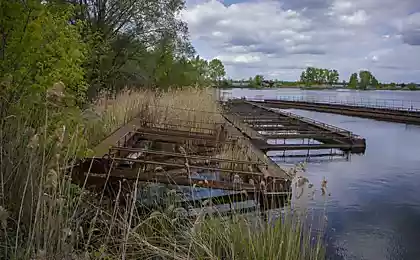898
9 heartbreaking facts about Chernobyl

26 April 1986 at the Chernobyl nuclear power plant disaster occurred, which was the largest in the history of nuclear power. The tragedy claimed the lives of thousands of people, was the cause of many diseases (mainly cancer), brought enormous damage to the environment and ultimately changed the course of history. Terrible consequences are still being felt, after almost three desyatiletiya.
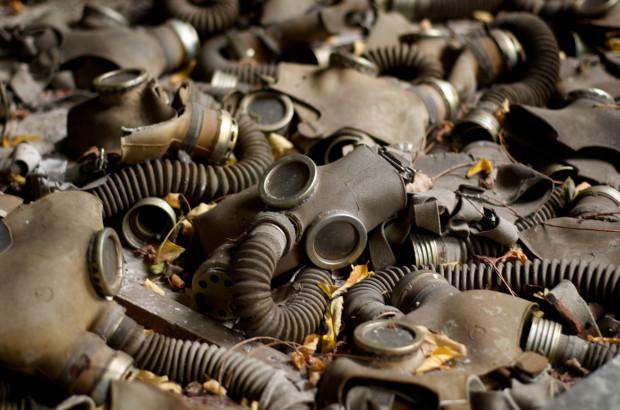
The Chernobyl disaster turned the whole city into a wasteland and made most of the surrounding settlements dangerous radioactive zone. From the accident at the Fukushima-1 Chernobyl disaster is different in that it became the cause of human actions, not catastrophic global phenomenon. Amongst the explosions, such large-scale destruction was caused by the action of radiation. Indeed, it was the worst nuclear disaster in the sense that it has spawned an unimaginable amount of radiation. Believe it or not, but the amount of radiation after the Chernobyl accident is significantly higher than after the bombing of Hiroshima and Nagasaki combined. (David Sasaki)

Causes of the disaster - poorly trained staff and inadequate design of the reactor. On the night of the accident due to radiation poisoning immediately killed two workers. A few weeks later, 28 people died more. The accident at the Chernobyl nuclear power plant is known as the most terrible catastrophe, which occurred through the fault of the person. According to the International Nuclear Event Scale, it is estimated by the maximum 7th level and is characterized as "severe consequences for human health and the environment." (Jennifer Boyer)
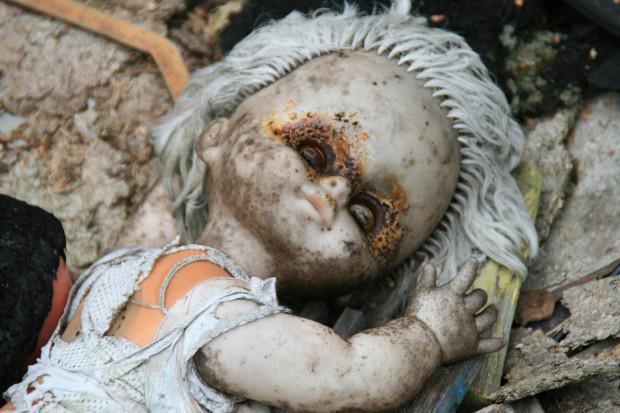
Catastrophic consequences in the form of radioactive rain came right up to Ireland. After the explosion of the reactor, a huge radioactive cloud spread throughout the country and beyond its chapels. This has become a major health problem throughout Europe. Pregnant women were advised to resort to abortion, since there was a high risk of having children with severe defects. (Kvitlauk)

It was obvious that the Chernobyl disaster affected neighboring towns, but not as much as was the case with Belarus. The country's borders are just 10 km from the power plant. It is estimated that 70% of the contamination after the Chernobyl disaster in Ukraine does not have to, and Belarus. The result was a rejection of the majority of agricultural land, which subsequently led to the loss of more than $ 235 million in revenue. (IAEA Imagebank)
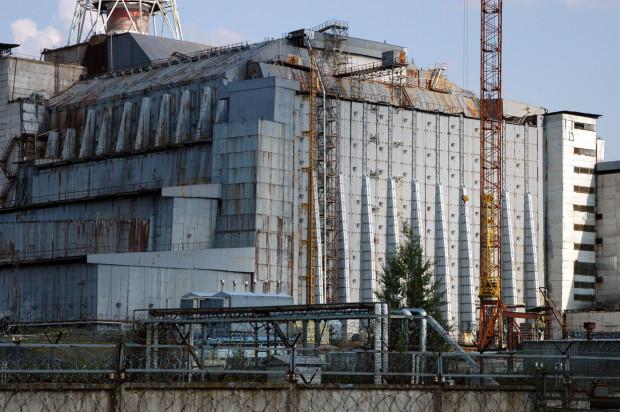
In order to prevent further damage and protect the environment on the fourth power unit of the Chernobyl nuclear power plant was built insulating structure - Sarcophagus. However, its "shelf life" of only 30 years; after it becomes unusable to prevent further leakage of radiation. So that left very little time left. (IAEA Imagebank)
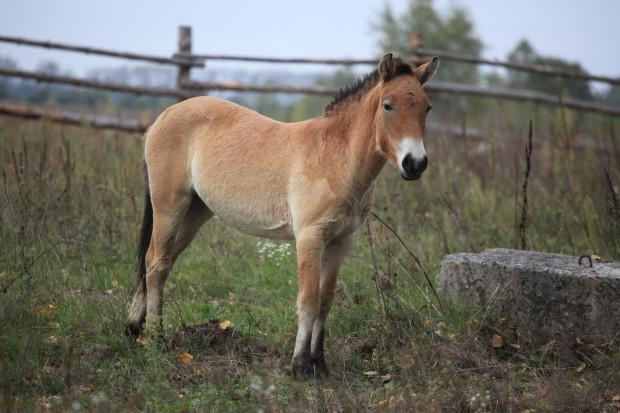
Surprisingly, a large area of the Chernobyl zone has become a haven for a variety of animals. In fact, Chernobyl has become a "sanctuary" where you can meet the wolves, eagles, wild boar, elk, deer and many other animals. Although life in the region and restored, scientists still doubt that finding the people there safely. They argue that the area will not be habitable for the next 20,000 years. (IAEA Imagebank)
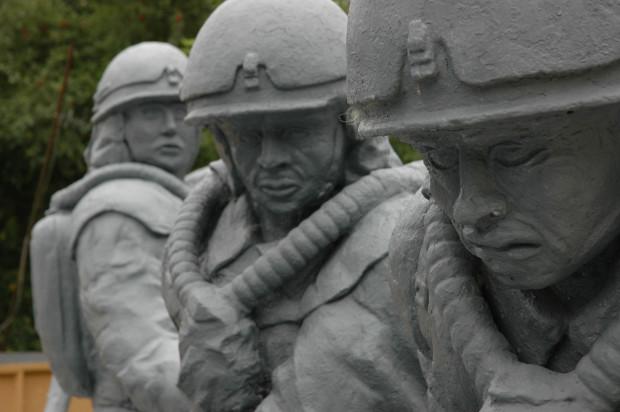
800,000 people took a risk and subjected to radiation exposure, eliminating the consequences of the disaster. Unfortunately, 25 000 of them were killed, another 70 000 - have become disabled. In addition, the first victims were firefighters, who were unaware of the nature of the incident. They carried out their work without any precautions against radiation. A few days later they all died. (Jason Rogers)
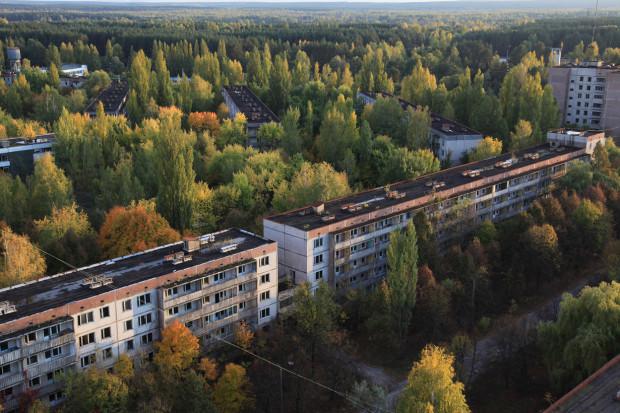
To date, the area is home to about 500 people. Most of them are elderly. They are allowed to choose any of the houses, which by the way were abandoned for about three decades and are in a terrible state. In the exclusion zone, work is underway, but the government allows for security in the exclusion zone is a maximum of 14 days. (IAEA Imagebank)
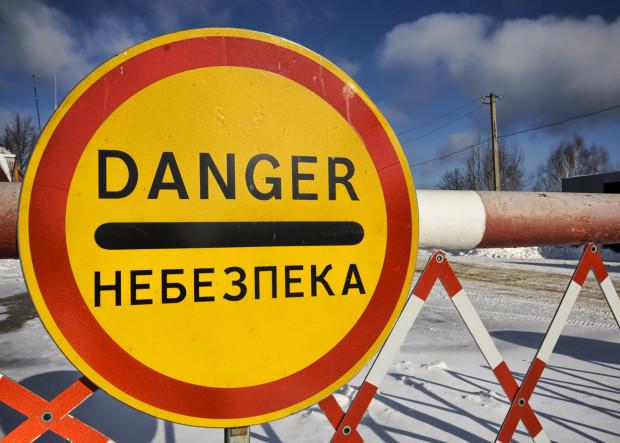
After almost 29 years after the disaster still traces of radiation observed in Chernobyl, Ukraine in other cities and even in neighboring countries. High levels of radiation reached 30,000 entire roentgens per hour, particularly in the vicinity of the reactor core. Because of the high radiation level the bodies were placed in a lead coffin. In fact, even special suits, in which people have eliminated the effects of the disaster, could ensure the safety of only 40 seconds. (Trey Ratcliff)
Zhvanetski. In a country where everything is stolen along the fence, the road is not easy to ask.
Siberian Husky walk around the lake


